 |
 |
 |
 |
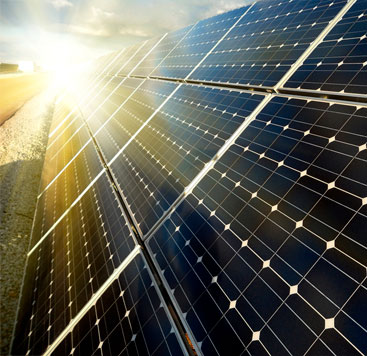 |
 |
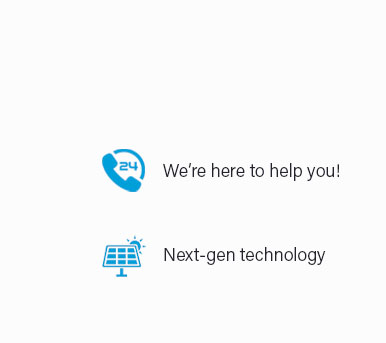 |
 |
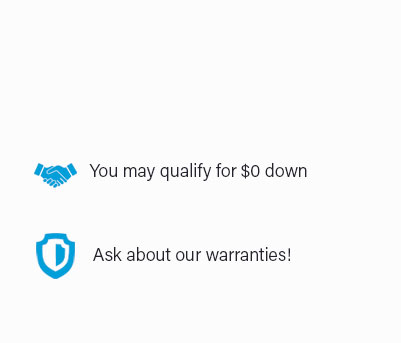 |
 |
 |
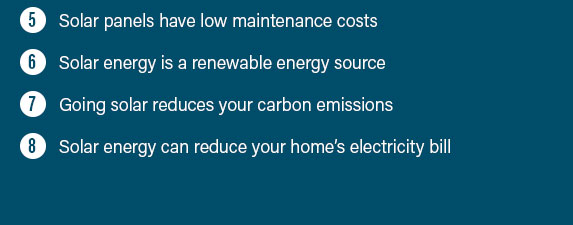 |
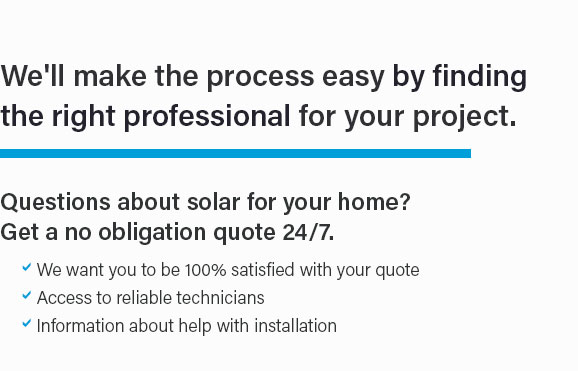 |
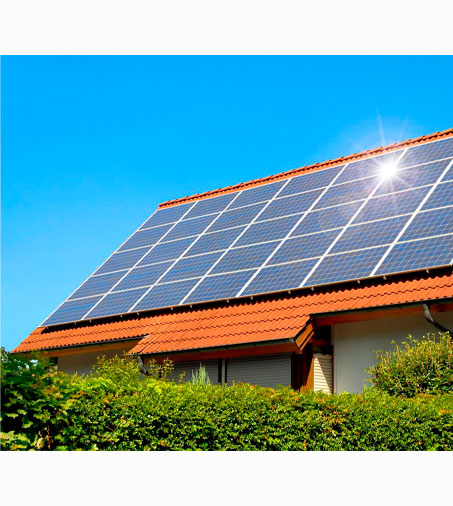 |
|
 |
 |
 |
|
Unlock the power of the sun and transform your energy future with our unbeatable solar panels installation quote-your gateway to a smarter, cleaner, and more cost-effective lifestyle! Our cutting-edge installation solar system ensures seamless integration, maximizing efficiency and savings while minimizing your carbon footprint. Imagine harnessing the sun's energy to slash your utility bills and contribute to a sustainable planet-no more waiting, no more wasting! With our expert team at your side, experience a seamless transition to solar energy that's as effortless as it is impactful. Don't just keep up with the future, lead it-get your personalized solar panels installation quote today and join the revolution that's powering tomorrow!
https://www.quora.com/Can-you-provide-a-step-by-step-guide-for-installing-solar-panels-for-home-use-and-an-estimate-of-the-average-cost
I was able to use a textbook from a three weekend course I took on PV installing. It had all of the relevant sections of the National Electric Code. That was ... https://illinoissolar.org/solarinstallprocess
It is a good idea to install solar panels over a roof which has 15 of more years of life in it. Some folks do a partial re-roof under the area of the solar ... https://unboundsolar.com/blog/step-by-step-diy-solar-installation?srsltid=AfmBOop32pecmPUxk7Du1rpQS_m-vqmfPJpVnlPZxi5KfauVu0w2JC9r
Plan your lift; know what you are moving and where before lifting. Have two or more people carry panels in heavy winds to avoid accidents. Be ...
|